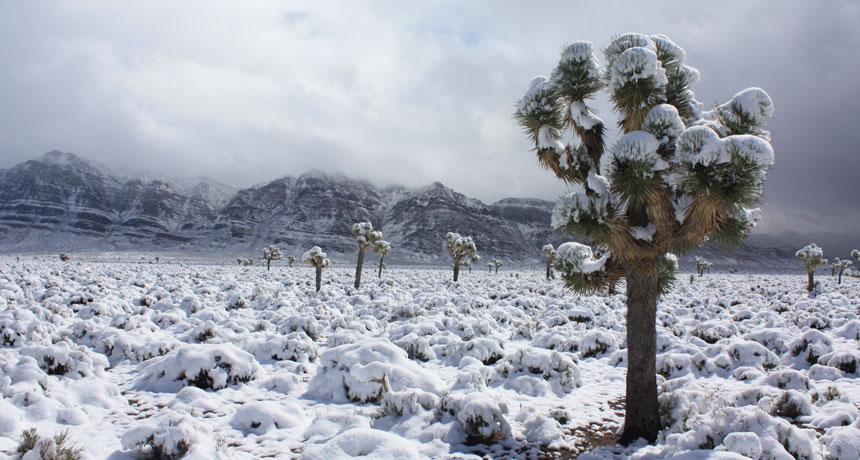Shutdown aside, Joshua trees live an odd life
In the U.S. southwest, Joshua trees evolved a rare, fussy pollination scheme

COOL TREES When winter gives way to warmer weather across the Mojave Desert, Joshua trees will bloom and wait for one special moth to visit and pollinate its flowers.
C. I. Smith